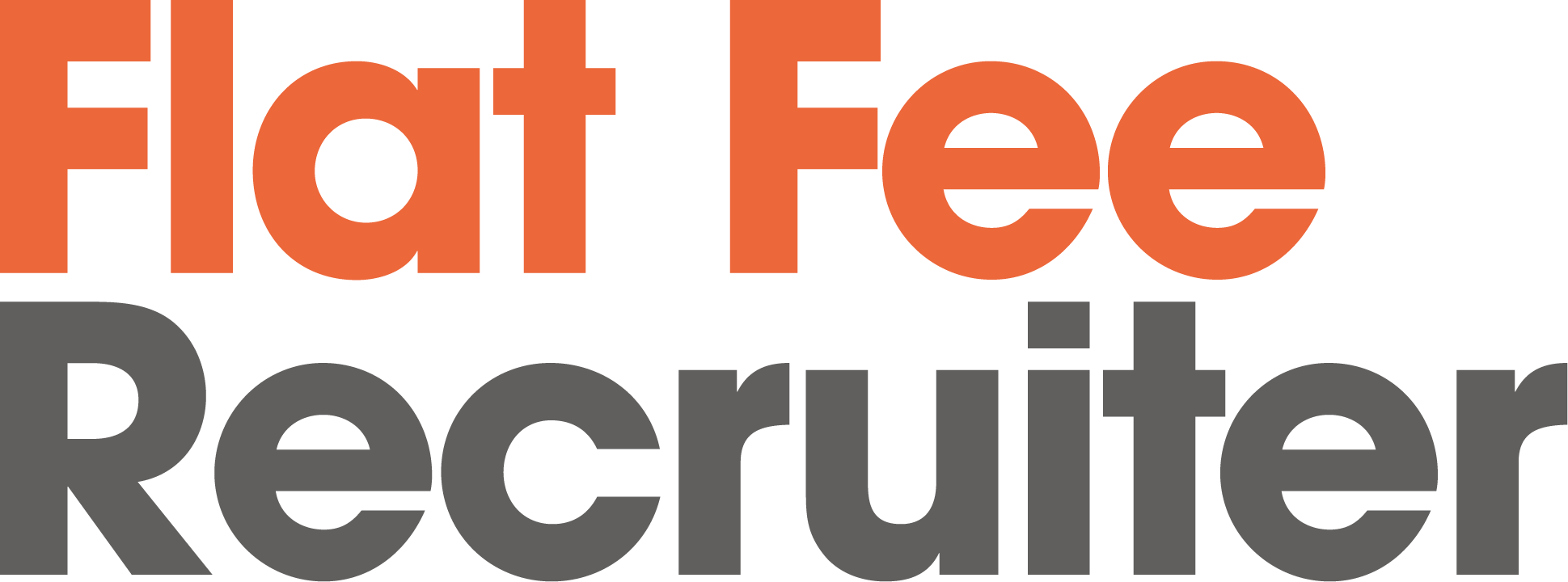How to Write a CV
Job Seeker Blog
Looking for a new job? Then you need a spot-on CV to show off your skills and experience!
So, what is a CV? Your CV is meant to market yourself briefly in order to land a job. Any CV that does this is a good one and your CV may be different depending on what stage in the career game you are. For example, if you were a student looking for
your first job, you’d focus on your transferable skills and education whereas a senior level person would focus on their experience and achievements.
This blog gives you an idea of how to structure your CV; what order you could put things in and how long it should be, but use your noggin for the finer details, do what is applicable for you and try to make it stand out – yours isn’t the only one!
Contact Details
Put your contact details at the top of your CV so that employers can get in touch with you. Include your: name, address, email and contact number. You don’t need to include any other personal information, nor a photo but links to your LinkedIn or other professional networking sites will help the company identify with you sooner. Especially if you have examples of your work and recommendations.
Header/Personal Statement
To start your CV have a sentence or two introducing yourself, that is: what you’ve done and what job you’re looking for and why you should be picked out of the pile.
i.e. Sales Manager with 5 years experience in technical sales looking for the next step in my career.
Try to tailor this where you can when you apply for jobs, more about this in our previous blog on how to tailor your CV for your perfect job.
Work Experience
Include your work history starting with your job title, company and dates of employment followed by your responsibilities and achievements. Lay these out clearly in short bullet points, picking responsibilities that show your experience and how you have done similar responsibilities before.
Start with your most recent job at the top and work back through your career, down the page. And ALWAYS account for any gaps in employment!
Education
Similar to work experience, start with your most recent education at the top listing the level of qualification obtained, the academic institution and the dates attended (dates optional). You can keep this brief depending on where you in on the career ladder, if you have a degree then you don’t need to go into detail about your GCSEs, if you’re a school leaver then state each GCSE grade obtained. But if you have any industry-relevant qualifications we’d recommend you include these here.
Hobbies & Interests (Optional)
You can include your hobbies and interests if you prefer, think about the skills that these hobbies can bring to the workplace like if you were a member of a sports team this demonstrates that you have good teamwork skills.
References
Because your CV needs to be concise, a simple way to tackle the references section is to put a simple statement at the bottom of your CV saying something like: ‘references available upon request’. Tip: always ask permission from a reference before passing on their details. There is nothing to stop you including a couple of quotes from previous employers on your CV either.
A couple of final pointers:
• Don’t use jazzy fonts – a classic font such as Times New Roman in size 10 or 12 is good
• Proofread! We can’t stress this enough, check your CV to rid it or spelling and grammatical mistakes
• A concise, clear CV should be around 1 – 2 pages (3 for more senior roles)
• If you’re not seeing results – ask for feedback
If you like this post, you may also like:
• 5 Mistakes to Avoid on Your CV
